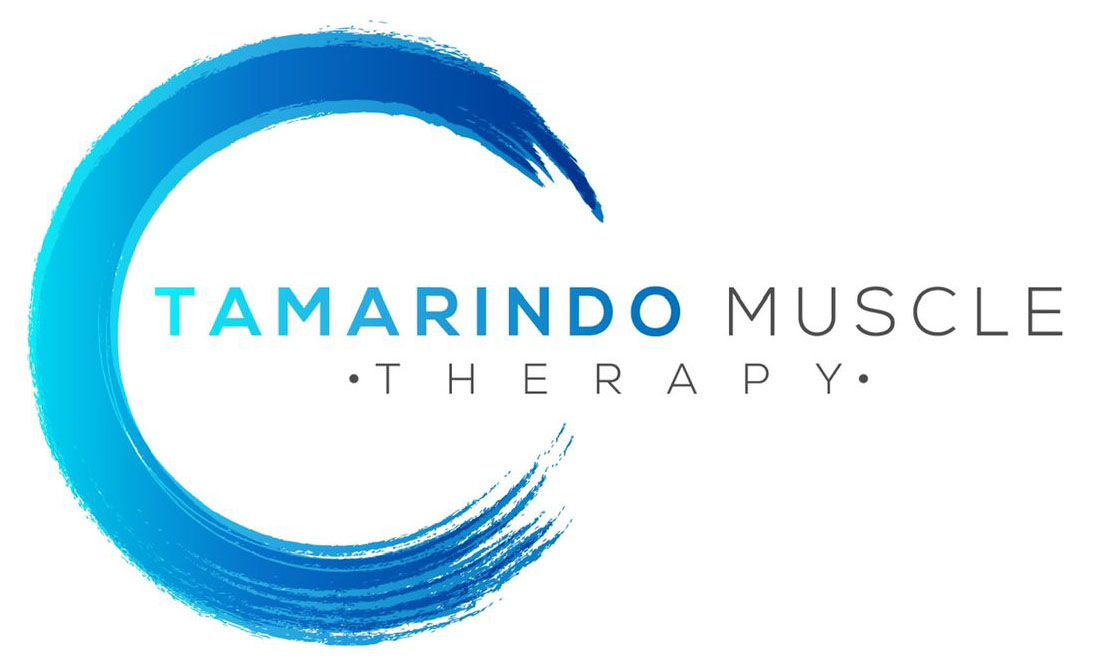What is scar tissue?
Scar tissue is formed as part of the normal healing process. It inevitably forms whenever our body’s tissue is damaged. Most people understand scars that form as a result of a cut, as they are easy to see, but scars also form internally when we injure our muscles, ligaments and tendons.
Unfortunately, scar tissue is not as functional as the tissue that it replaces. Normal tissue in the body has a consistent form and our healthy skeletal muscle tissue is formed of collagen that sits in a striated fashion (lined up parallel to one another). It allows for normal contraction and flexibility.
When scar tissue forms after injury, our body produces collagen excessively. The initial production of granulation is necessary to provide tensile strength to the injury site. In certain circumstances, the granulation leads to contraction of the scar and to poor structural organisation of the components of regenerating muscle and scar tissue. This leads to a lack of flexibility in the tissue and often this poor structural organization can cause pain and dysfunction.
We like to use a paint brush as an example. If we take the correct steps to store the brush after use, we can pull out the brush and use it easily for our next project. The brush starts out as a soft, supple parallel group of bristles that can bend easily in many directions. If we simply let the bristles dry, they start to bind to one another and the brush loses its flexibility and function. The brush cracks and bends irregularly. At this point more care is required to rehabilitate the brush and get it back to work. Hence early diagnosis and treatment of the brush is a necessity.
It is important to know that all injured tissue will develop scarring to some extent. When the scarring prevents normal function of the affected tissue or joint, pain or restricted function exists.

